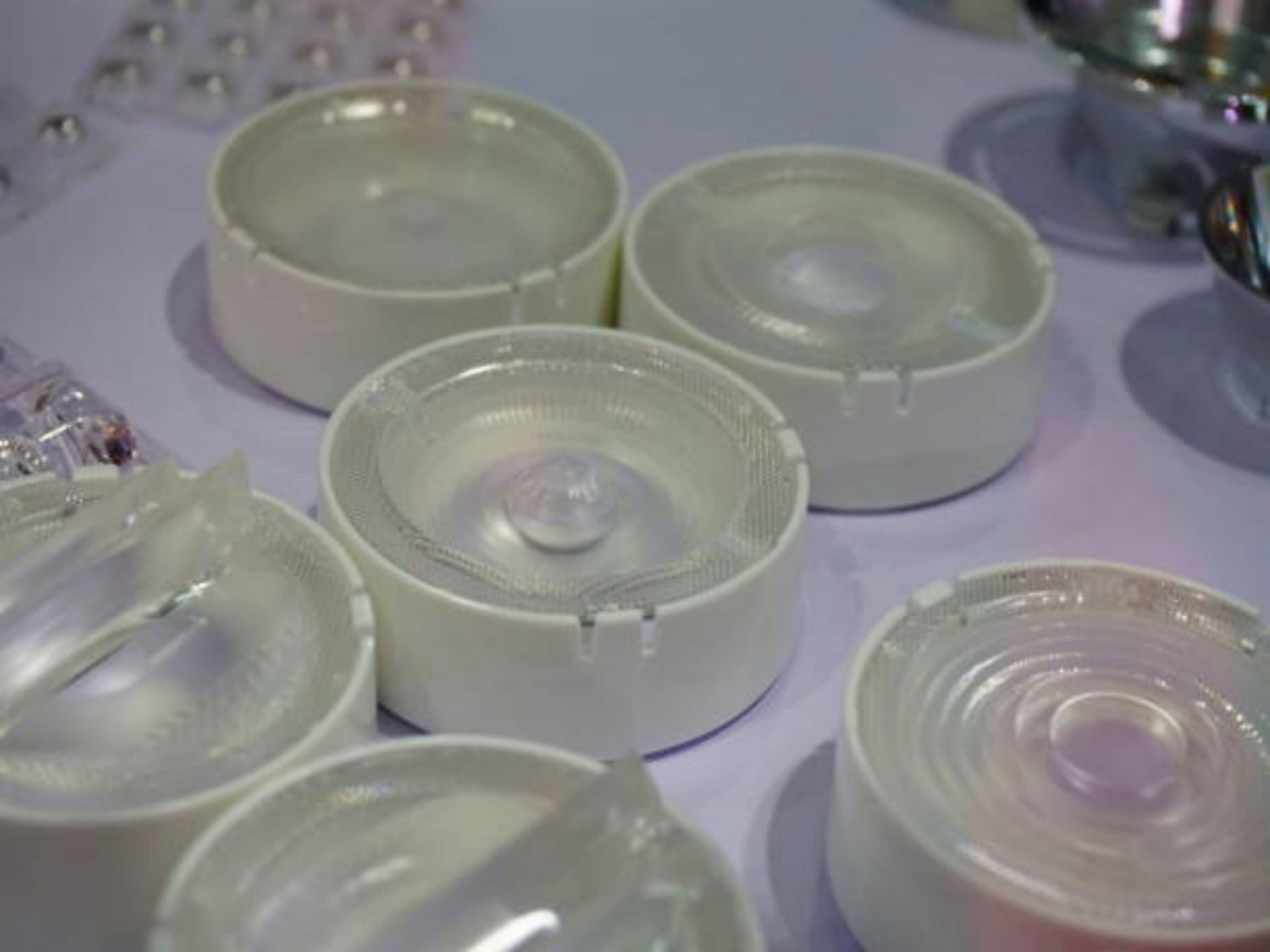Let me share with you what are the applications of the combination of optical lenses in different fields? And what effect does the material have on usage? Welcome to read!
What are the applications of the combination of optical lenses in different fields?
1. Optical imaging
When imaging, we mainly use convex lenses, which are also positive lenses. Any convex lens that satisfies the object-image relationship formula can form an enlarged or reduced image of any object, so it is actually very simple to image the image, that is, to know the f (that is, the focal length) of the lens.
If the requirements for imaging are very high, such as clear imaging, no distortion, no color distortion, and the ability to see larger, smaller, and farther ranges... This requires specialized designers to use design software to achieve.
2. Collimation of light
In many applications, a divergent point light source needs to be collimated in order to obtain a parallel light spot, which requires the use of a convex lens. As shown in the figure, place the point light source at the focal point of the convex lens, and the collimated light spot will be generated behind the convex lens. The diameter of the spot is only related to the divergence angle of the light source and the focal length of the convex lens (D= 2f*tan(u/2)).
3. Laser beam expansion
Laser beam expansion is a commonly used method in the field of lasers, which is a method of expanding a parallel laser beam into a laser beam with a larger beam diameter than the original.

What effect does the material of the optical lens have on the use?
Optical materials are generally divided into amorphous, crystalline and organic plastics. Different materials have their applicable spectral range and different physical properties (expansion coefficient, density, hardness, etc.). Common materials in the amorphous state are optical glass, infrared glass, and laser glass. This kind of material has the characteristics of mature manufacturing process and complete varieties and prices. Among them, colorless optical glass is mainly a composite product formed by doping SiO2 with other elements, mainly for the 400-1000 nm light band.
The main characteristics that distinguish it from other glasses are that it has a certain refractive index and dispersion. Internationally, it is basically divided into coronal optical glass (K) and flint optical glass (F) according to these two parameters. Coronal optical glass refers to a lower refractive index and a larger Abbe number; flint optical glass has a higher refractive index and a lower Abbe number.
Thank you for reading, what are the applications of the combination of optical lenses in different fields? How does the material affect usage? 's introduction. If you want to know more details about optical lenses, please contact us and serve you wholeheartedly.
